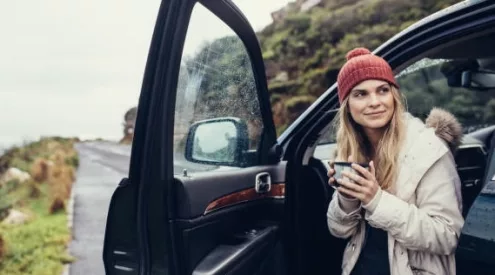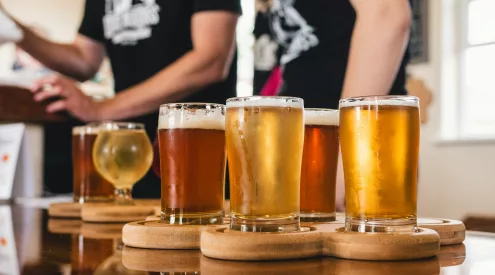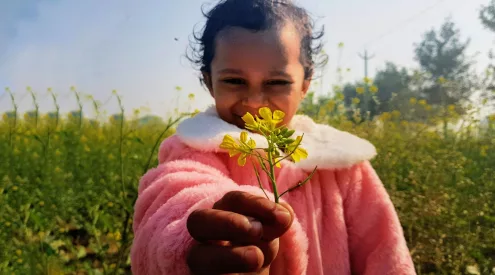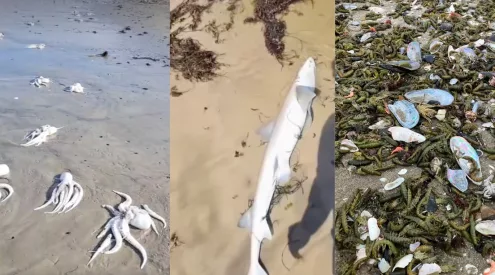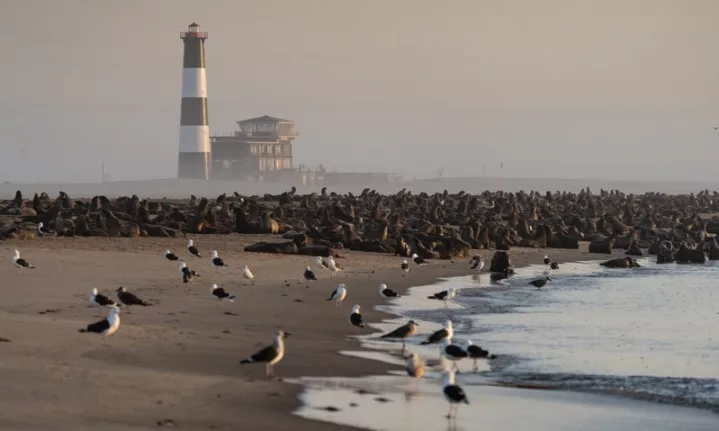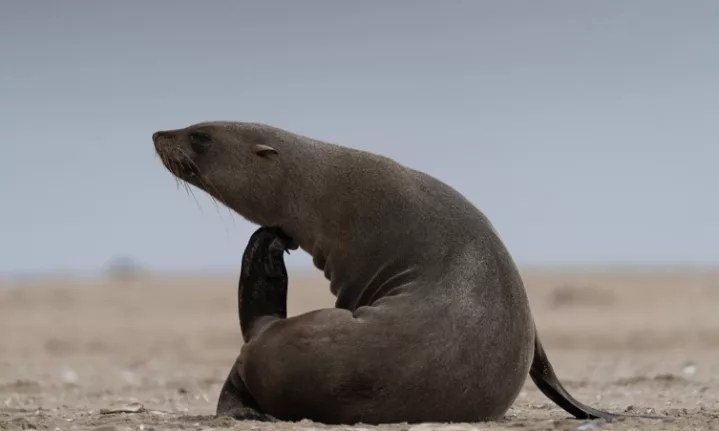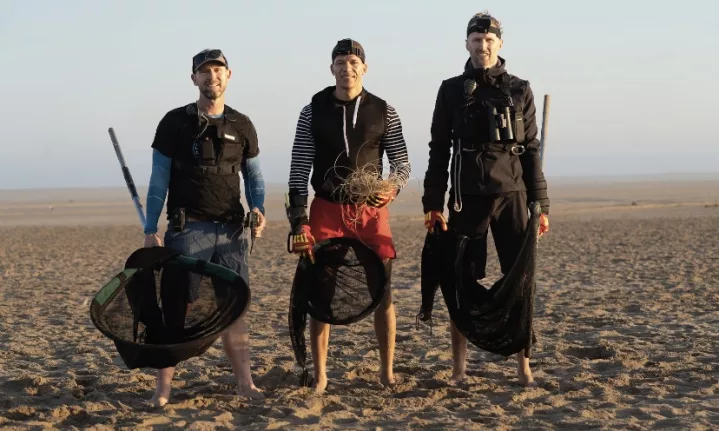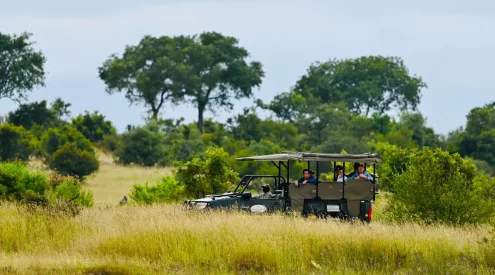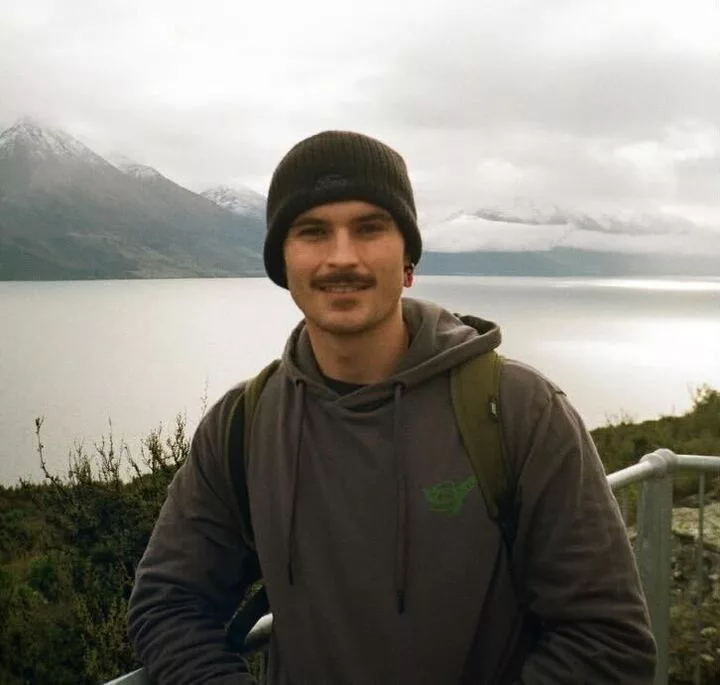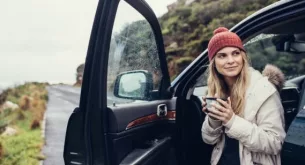I was born in Etosha National Park in Namibia. My father is a former park ranger, and as far back as I can remember, I accompanied him when he helped injured marine animals on the beach. I feel responsible for their welfare.
In 2015, our daughter, Nina, was diagnosed with a rare pediatric cancer and underwent 15 months of intense chemo and radiotherapy. Fortunately, she recovered. At the time, my wife Katja and I owned a kayaking company at Pelican Point, but Nina reminded us that life is short, which encouraged us to take seal rescue more seriously.
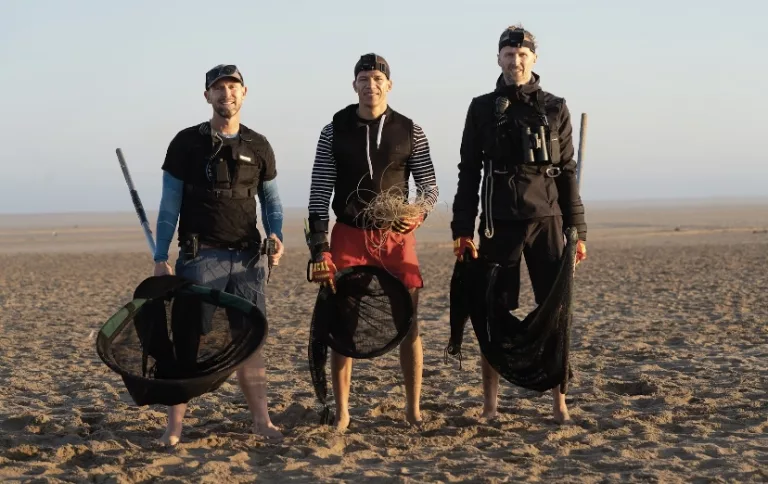
With fellow wildlife protection activists Alva, Antoine and Roman, crewmen on the MY Ocean Warrior, which the Sea Shepherd Conservation Society owns and operates, I ran a campaign to disentangle as many seals as possible in one month. We posted videos of our rescues on social media, which attracted attention and support.
Since 2013, Ocean Conservation Namibia (OCN) has rescued almost 4 000 seals and over three million digital subscribers follow our daily seal rescue videos.
With nearly 1.5 million seals in Namibia, their population isn’t threatened now but could be in the future if they continue to suffer due to human carelessness. An estimated 14 million tonnes of plastic enter our oceans annually, which seals can mistake for food or become entangled, causing injuries or starvation. They also encounter illegally abandoned fishing gear and other marine debris.
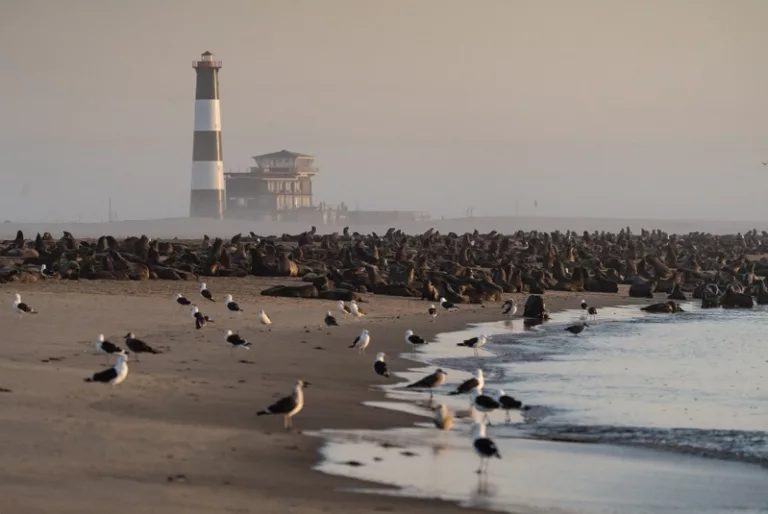
The worst I’ve seen was two seals caught in a bundle of fishing lines. They fought and tried to swim but couldn’t. One of them choked to death, and the other ended up dragging them along. A dead seal decomposes quickly, but researchers believe it takes a fishing line 600 years to biodegrade in the ocean. How much more harm could it do to seals?
ALSO READ: SA wildlife filmmaker scoops award for African vultures documentary
I live in Walvis Bay, a coastal town whose fishermen believe seals are their competition because they eat fish, but species commercial fishing targets are only 15% of a seal’s diet – they mainly eat goby and lanternfish. By law, fishermen can’t kill seals. They feel they’re not being heard and are lobbying for a much bigger seal harvest (cull).
The Namibian government allows an annual quota for slaughtering 60 000 seal pups and 8 000 adult seal bulls. Pups are clubbed over their soft little heads and bulls are shot. Several countries, including the European Union member states, have banned the import of seal products like fur from Namibia, so there’s no longer a market for pups, but there’s still a demand for bull genitalia in China.
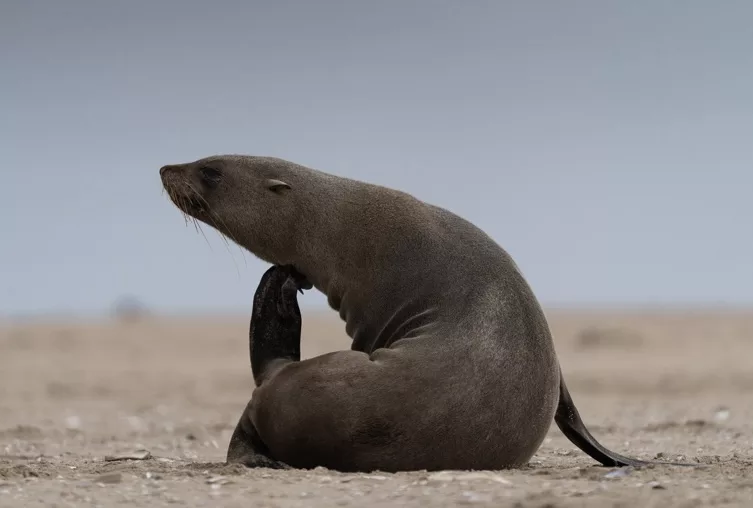
They’re targeting the biggest bulls, mainly at one colony, the Cape Cross Seal Reserve. They’re removed from the gene pool and are no longer around to protect female seals, which has significant social and ecological impacts on seal populations and the marine ecosystem. This practice should be based on science, not economic gain.
Seals rely on fish targeted by the fisheries to an extent, so if the quota for hake increases, for example, it will have a compounding effect on the seal population. The high number of seals in Namibia indicates a healthy marine ecosystem, which, including fish populations, plays a role in mitigating climate change by absorbing carbon dioxide. Overfishing disrupts this natural process, potentially exacerbating the effects of climate change. Any current or water temperature variation affects migration, which could lead to up to 40 000 seal deaths.
To combat these issues, OCN scans unrestricted beaches for entangled animals thrice weekly. Based on advice from marine biologists doing similar work worldwide, we free them of obstructions and release them back into the ocean. Seals get horrible wounds from fighting or falling over rocks, which salt water heals. They’re resilient. We’ve disentangled some that have had three-centimetre cuts around their necks, which have healed within a couple of weeks, and there’s been no trace of a scar after a year.
For every seal we find, we Geo-tag its location and collect data, including its age, sex, the severity of the wound and how it happened. Scientists have used the information to study plastic’s impact on wildlife. We’re adding scientists to our team because peer-reviewed research may influence policy change.
We visit schools to teach children about the impacts of plastic. It’s them who’ll inherit the rubbish our generation has created. As with our videos on social media, we appeal to fishermen’s better nature, spotlighting the tragedy of the slow, painful death of a seal that’s done nothing wrong – they have started contacting us when they see a seal in distress, which we consider a massive victory.
ocnamibia.org
YouTube: OceanConservationNamibia
TikTok: oc_namibia
Instagram: oceanconservationnamibia
This article was written by Lisa Abdellah for Getaway’s August 2024 print edition. Find us on shelves for more!
(Pictures: Courtesy Images)
Follow us on social media for more travel news, inspiration, and guides. You can also tag us to be featured.
TikTok | Instagram | Facebook | Twitter
ALSO READ: South Africa’s succulent smuggling crisis worsens

